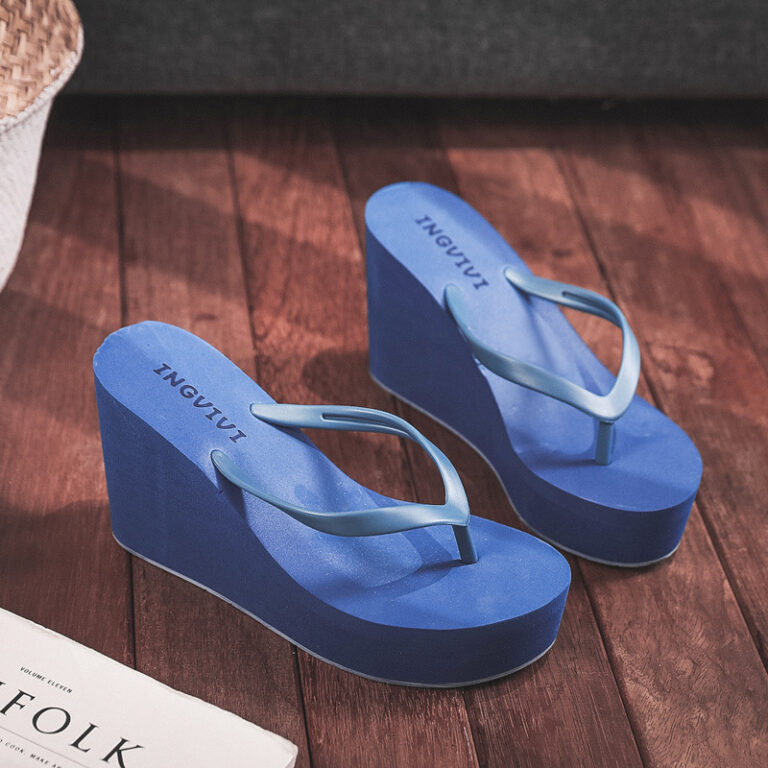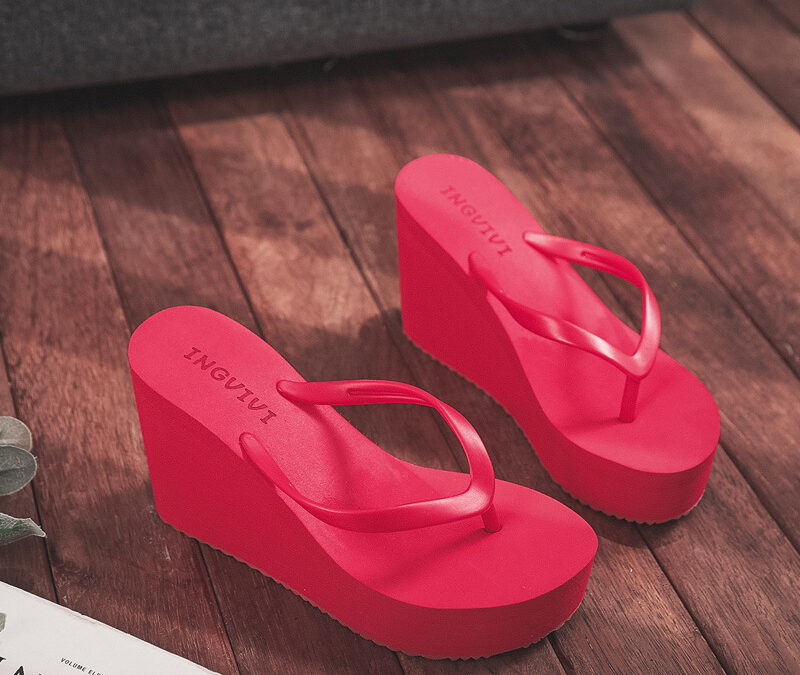Flip-flops, the epitome of casual footwear, have evolved from ancient origins to become a ubiquitous symbol of relaxed and laid-back living around the world. These simple sandals with their distinctive “flip-flop” sound are not just a summer staple but an emblematic part of global fashion and culture. From beachside escapades to city streets, flip-flops have left an indelible footprint in our daily lives.
Historical Roots

The roots of flip-flops can be traced back to ancient civilizations across the globe. In Egypt, they were depicted in hieroglyphics dating as far back as 4000 BCE, where they were worn by both men and women. Similarly, in Rome, early versions known as “socii” or “soleae” were commonly used. In Japan, traditional wooden sandals called “zōri” and the South Asian “chappal” share similarities with modern flip-flops. However, it was in Brazil that the modern rubber-soled version emerged during the 1960s, when Alpargatas, a Brazilian company, created the Havaianas brand which popularized this lightweight, affordable, and comfortable design.
Global Appeal
Flip-flops’ appeal lies in their simplicity, affordability, and versatility. They require no laces, socks, or complicated fastenings, making them easy to slip on and off. This convenience has made them a universal favorite for beachgoers, travelers, and those seeking relief from hot weather. Their popularity skyrocketed in the latter half of the 20th century as they became a hallmark of surf culture and were embraced by youth movements worldwide.
Cultural Significance
Beyond practicality, flip-flops hold cultural significance in many societies. They represent a connection to nature and informality in several parts of the world, particularly in tropical climates where outdoor living is prevalent. In some African countries, they are handmade from locally sourced materials like car tires and are an integral part of everyday life. Moreover, they’ve transcended their humble beginnings to become fashion statements, with high-end designer labels creating luxury versions adorned with gems, precious metals, and custom designs.
Health Considerations
While flip-flops provide much-needed ventilation and comfort, they also spark debate regarding foot health. Some podiatrists warn against prolonged wear due to lack of arch support and potential for injuries. However, advancements in technology have led to the development of ergonomic flip-flops with built-in cushioning and arch support, offering consumers the best of both worlds – style and wellness.
Environmental Impact
As environmental consciousness grows, so does the demand for sustainable footwear options. Many companies are now producing eco-friendly flip-flops using recycled materials such as plastic bottles, algae, and even old yoga mats. These innovations not only reduce waste but also contribute to the ongoing conversation about responsible consumerism.
Flip-flops, once confined to the shores of distant lands, have marched into mainstream fashion and become a wardrobe essential for people of all ages and backgrounds. Despite their minimalistic design, these versatile sandals carry a rich history and continue to evolve with changing times. As we look towards the future, it’s likely that the humble flip-flop will continue to adapt, innovate, and maintain its place as a beloved global icon – resonating with the spirit of freedom, ease, and endless summer days.
